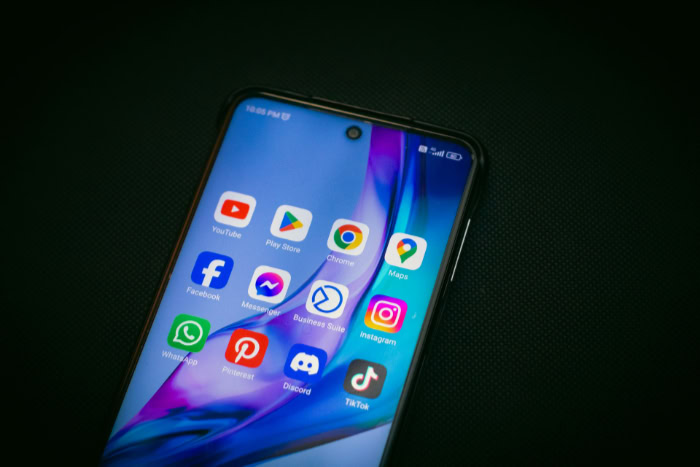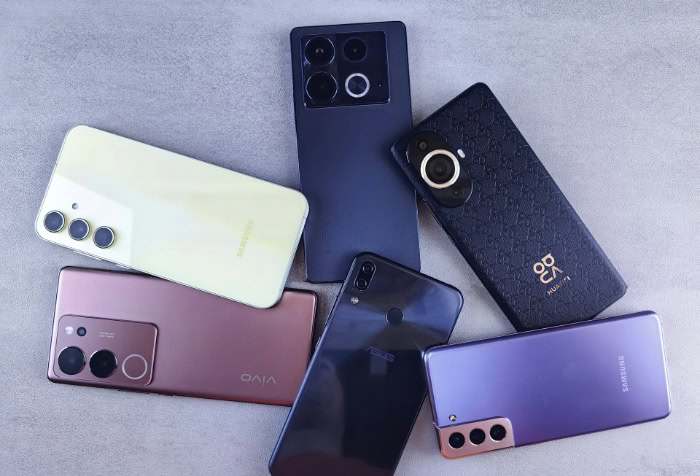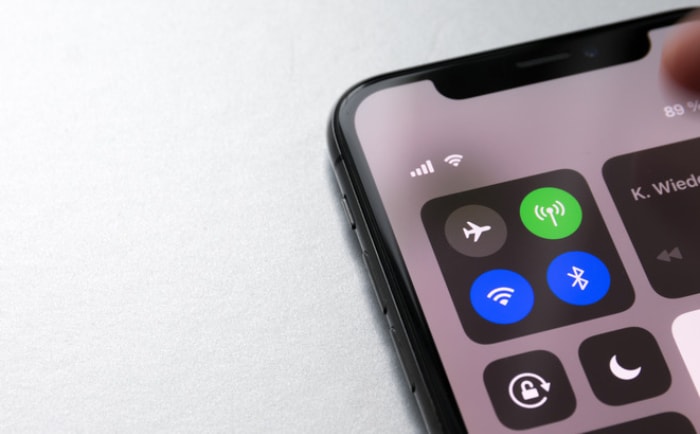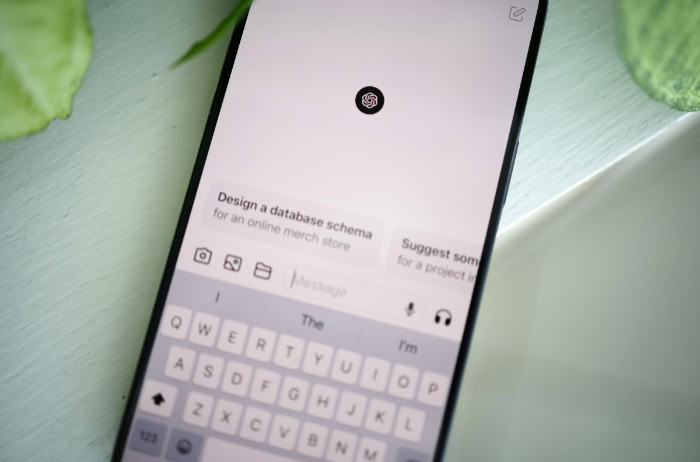Pros and Cons of Android: Is It Right for You?

Android represents a philosophy of choice rather than just a piece of software. It powers an incredibly vast ecosystem that ranges from basic hundred-dollar devices to cutting-edge foldables costing thousands.
This adaptability helps explain why it stands as the most widely used mobile operating system on the planet. It offers an open door to users who refuse to be locked into a single way of doing things.
However, that freedom is a double-edged sword. The same flexibility that allows for deep customization also breeds fragmentation and inconsistency across different brands.
Ultimately, Android remains the definitive platform for those who prioritize ownership and control over a curated or uniform experience. It rewards those who want their technology to bend to their will instead of the other way around.
Customization and Control
Android stands apart from its competitors by handing the keys directly to the user. While other operating systems enforce a rigid visual and functional identity, Google's platform allows owners to mold the software to fit their specific preferences.
The system operates on the belief that a smartphone should adapt to the person using it, rather than forcing the user to adapt to the phone. This philosophy results in an experience where two Android devices can look and behave completely differently depending on how they are configured.
Deep Interface Customization
Users who value aesthetics and functional tweaks often find Android unmatched in its flexibility. The operating system supports third-party “launchers,” which are apps that replace the entire home screen interface.
A user can install a launcher to change the app drawer layout, create custom gestures, or even remove the standard icon grid entirely in favor of a minimalist list. If the default icons look unappealing, they can be swapped out for custom icon packs that change the shape, color, and style of every app on the screen.
Apple has introduced widgets to iOS, yet the core experience remains locked to a static grid of rounded squares. Android allows widgets to be placed anywhere, resized freely, and often provides them with more interactive capabilities.
A user can essentially redesign the user interface from the ground up, creating a device that feels distinct and personal.
File Management and Sideloading
The platform approaches data management with the same logic as a traditional personal computer. Connecting an Android phone to a Windows PC allows for immediate drag-and-drop file transfers without requiring proprietary software like iTunes.
Users can organize folders, move documents, and manage storage just as they would on a USB drive.
This openness extends to how applications are installed. While the Google Play Store is the primary source for apps, it is not the only one.
Android permits “sideloading,” which is the process of installing application files (APKs) directly from a browser or alternative marketplaces like F-Droid. Developers often release open-source tools or beta versions of software that might violate the strict policies of centralized app stores.
Sideloading ensures that the user, not a corporation, has the final say on what software runs on their hardware.
The Complexity Trade-off
Unlimited freedom brings inherent risks and complications. The ability to change everything means there are more settings to manage, which can overwhelm users who prefer simplicity.
Digging through developer options or configuring a complex launcher requires time and patience. A device that “just works” out of the box is often preferable for those who do not wish to tinker with their technology.
Security also becomes a greater concern when stepping outside the safety of the Play Store. Installing apps from unverified sources bypasses the automated security checks that Google puts in place.
A careless user might inadvertently download malware or granting excessive permissions to a rogue app. The responsibility for maintaining system integrity shifts partially from the manufacturer to the owner, creating a vulnerability for those who are not tech-savvy.
Hardware Diversity

One of the most defining aspects of the Android ecosystem is the sheer volume of hardware choices available to consumers. Unlike a single-vendor system where the manufacturer dictates the design and release cycle, Android functions across hundreds of different manufacturers.
This competition forces brands to differentiate themselves through design, pricing, and capability, resulting in a marketplace where there is a specific device for almost every type of user.
Form Factor Innovation
Manufacturers in the Android space are often far more willing to experiment with physical design than their competitors. While other platforms have largely stuck to the traditional rectangular glass slab, companies like Samsung, Motorola, and Google have pushed foldable technology into the mainstream.
Users can purchase devices that unfold into mini-tablets for productivity or clamp shut into compact squares that fit easily into a small pocket.
Innovation extends beyond just folding screens. Dual-screen devices and phones with unique aspect ratios appear frequently, offering specialized tools for multitaskers.
This willingness to take risks means that new technologies often debut on Android years before they appear elsewhere. Consumers who want to be on the bleeding edge of display technology or industrial design will find that this platform offers the most exciting hardware developments.
Budget to Premium Spectrum
The vast pricing structure is perhaps the strongest argument for the platform's dominance. A high-quality smartphone experience is not restricted to those who can afford to spend nearly a thousand dollars.
The mid-range market, populated by devices like the Google Pixel A-series and the Samsung Galaxy A-series, offers 90% of the flagship experience for half the price. These phones typically feature excellent cameras, good battery life, and smooth performance, making them practical choices for the average person.
On the other end of the scale, the “ultra-premium” segment caters to enthusiasts who demand the absolute best specifications regardless of cost. These devices often exceed the price of many laptops, packing in massive camera sensors, stylus support, and the fastest available processors.
The ecosystem supports everyone from a student on a strict budget to a power user willing to pay for luxury materials and peak performance.
Legacy Feature Variety
Modern smartphone trends have seen the removal of many beloved hardware features, yet Android remains a sanctuary for users who refuse to give them up. While major players have largely abandoned the 3.5mm headphone jack and expandable microSD storage, these features are still readily available if you know where to look.
Brands like Sony and Asus, along with various budget manufacturers, continue to include these ports on their devices.
Some models even retain niche utilities like IR blasters, which allow the phone to function as a universal remote for televisions and air conditioners. Gaming-centric phones often include physical shoulder triggers and dual USB-C ports for comfortable charging while playing.
Users with specific hardware requirements, such as an audiophile needing a headphone jack or a photographer needing terabytes of cheap SD card storage, will find that the Android market is the only place that still accommodates those needs.
Software and Ecosystem
The software experience on Android is defined by its relationship with the wider technological world. Rather than isolating users within a closed loop of proprietary services, the platform encourages interaction with a broad array of devices and operating systems.
This approach prioritizes utility and flexibility, ensuring that the smartphone acts as a bridge to other technology rather than a barrier. However, this open philosophy creates significant variances in how software is delivered and maintained across different devices.
Universal Compatibility
Interoperability is a fundamental strength of the Android platform. The ecosystem embraced USB-C as a standard charging and data port years before it became a requirement for competitors, establishing a universal cable standard for laptops, headphones, and phones.
A user can walk into almost any room and find a compatible charger without needing to ask for a specific brand's proprietary cable.
Connecting an Android device to a Windows PC demonstrates this commitment to openness. There are no complex software bridges or restrictive synchronization programs required to move a photo or a document.
The phone simply mounts as an external drive, allowing files to be dragged and dropped freely between the computer and the mobile device. While Apple relies on the exclusivity of AirDrop to keep users within its ecosystem, Android focuses on working seamlessly with the hardware most people already own, including the vast majority of the world's personal computers.
Google Integration and AI Features
Google's services form the intelligent backbone of the operating system. For users who rely on Gmail, Drive, Calendar, or Maps, the integration on Android is deeper and more intuitive than on any other platform.
The Google Assistant is woven directly into the interface, capable of screening calls, holding for customer service, or summarizing web pages with a voice command. These tools are not just disparate apps but are embedded into the core functionality of the device.
Artificial intelligence has become the new frontier for mobile software, and Android is often the testing ground for these advancements. Features like Google Lens allow the camera to identify plants, translate text in real-time, or copy handwritten notes to a computer.
New generative AI capabilities, such as “Circle to Search” or advanced photo editing tools that can erase or move objects, typically arrive on Pixel and high-end Android devices first. The platform consistently offers the most cutting-edge version of Google's machine learning capabilities.
The Fragmentation Issue
The most critical weakness of the Android ecosystem is the inconsistency of software support. Because the hardware is manufactured by dozens of different companies, the responsibility for updating the operating system is split.
A buyer purchasing a flagship Google Pixel or Samsung Galaxy device in 2025 might secure seven years of guaranteed operating system and security updates, matching or exceeding industry standards.
However, the experience is drastically different for budget or niche devices. Many affordable phones from lesser-known brands receive only one major Android update, or sometimes none at all.
A user might buy a phone that becomes obsolete in terms of security and features within eighteen months. This disparity creates a “support lottery” where the longevity of the device depends entirely on the manufacturer's policy rather than the capability of the hardware itself.
Unlike the centralized distribution of iOS updates, where every compatible phone receives the new software simultaneously, Android updates roll out in a staggered, unpredictable wave.
Security and Openness

The philosophy of openness that defines Android creates a constant tension with the need for security. Giving users the keys to the castle means they also have the power to accidentally let in intruders.
Unlike closed systems where the manufacturer acts as a strict gatekeeper, Android places a significant amount of trust in the user's judgment. This dynamic results in a platform that is incredibly flexible but requires a higher degree of vigilance to operate safely.
Sideloading Risks
The ability to install applications from anywhere is often cited as a primary reason for choosing Android. Sideloading allows access to software that Google might have rejected for policy reasons, regional exclusives, or beta versions that have not yet been published.
However, stepping outside the curated environment of the Play Store significantly increases the risk of encountering malicious software. Apple's strict review process acts as a high wall against bad actors, whereas Android's open gate policy relies on the user knowing which sources are trustworthy.
A single download from an unverified website can compromise personal data, making this freedom a potential liability for the inexperienced.
Google Play Protect
Google has implemented sophisticated countermeasures to combat these risks, most notably through Google Play Protect. This background service constantly scans apps installed on the device to check for harmful behavior, regardless of where they came from.
It acts as a digital immune system, aiming to catch malware before it can cause damage. Despite these efforts, the sheer volume of apps on Android makes it difficult to catch everything.
The automated screening process is historically not as watertight as the manual review process employed by competitors. While the safety net exists, it occasionally has holes that clever malware developers can exploit to sneak bad code onto devices.
Privacy Controls
Recent updates to the operating system have introduced robust privacy dashboards that give users granular control over permissions. Owners can now see exactly which apps accessed their location, microphone, or camera and revoke those rights instantly.
There is an inherent irony, however, in the fact that the operating system is built by the world's largest advertising company. While the local tools for managing privacy are powerful, many users remain skeptical about how much data is fed back to Google's servers to fuel its ad business.
The tension between providing excellent privacy tools on the device and maintaining a business model built on data collection is a persistent backdrop to the Android experience.
Conclusion
The choice between Android and its competitors ultimately centers on the value placed on flexibility versus uniformity. Google’s operating system wins decisively on variety, offering a breadth of hardware and software options that no other platform can match.
However, that freedom comes at the cost of the seamless consistency found in a more controlled ecosystem. Users must accept that the experience will differ from one brand to another, requiring a more active role in selecting the right device to ensure long-term satisfaction.
Android is the ideal selection for individuals who view their smartphone as a personal computer that should yield to their specific commands. It rewards those who seek unique hardware innovations like foldable displays or who need a device that fits a strict budget.
The platform empowers the user to take full control, from the files in the storage to the look of the home screen icons.
On the other hand, this path is likely the wrong one for those who prioritize set-it-and-forget-it simplicity. If the primary goal is high resale value, five years of guaranteed support without research, or effortless synchronization with an iPad or Mac, the fragmentation of Android will prove frustrating.
The platform serves the independent spirit best, while those seeking a curated, predictable lifestyle will find better comfort elsewhere.


